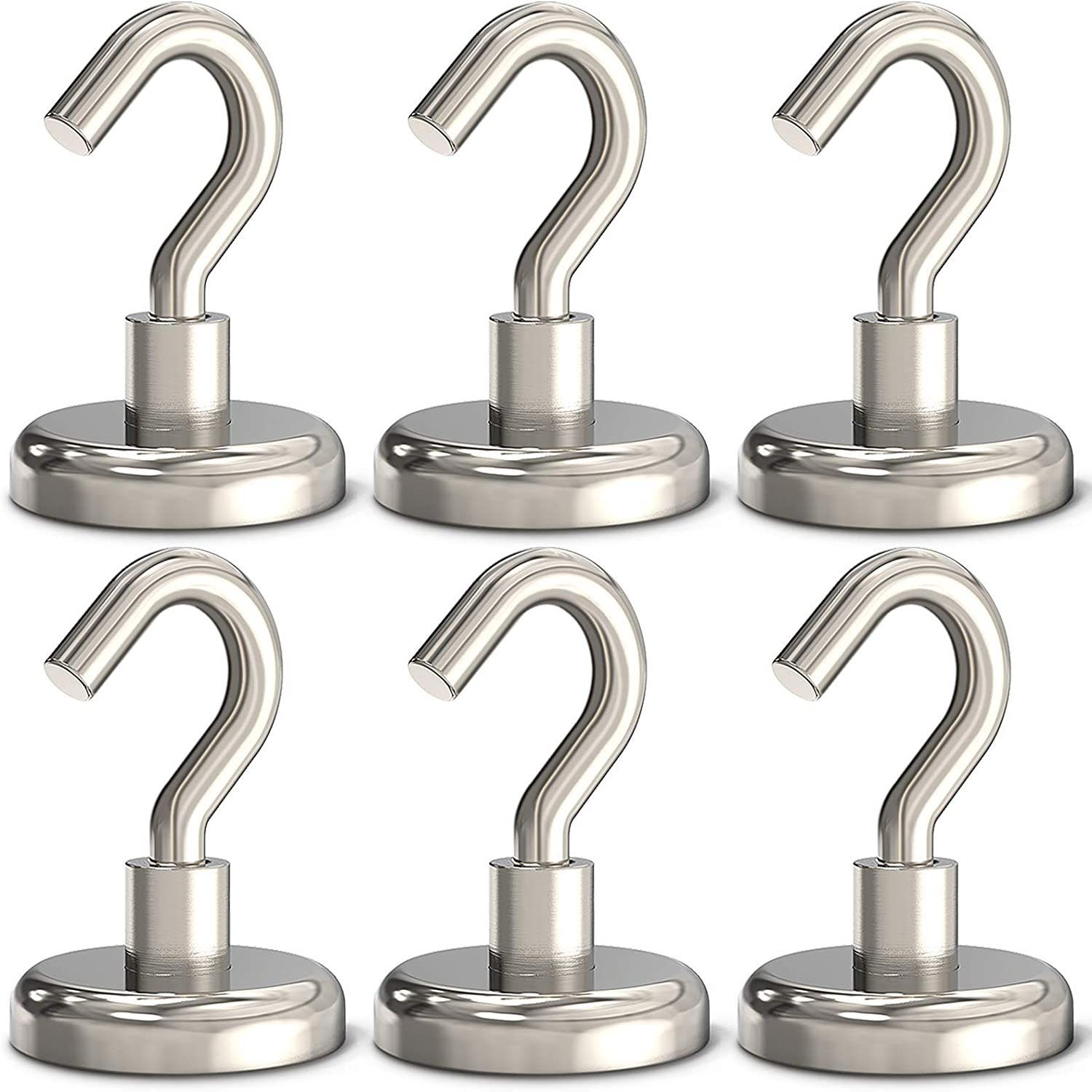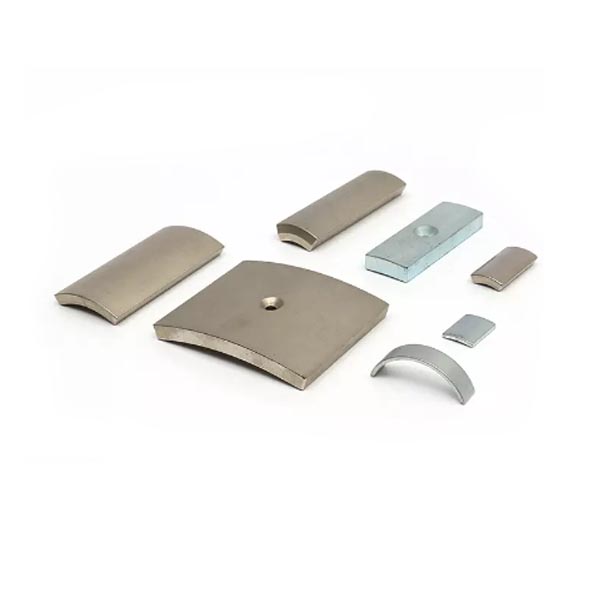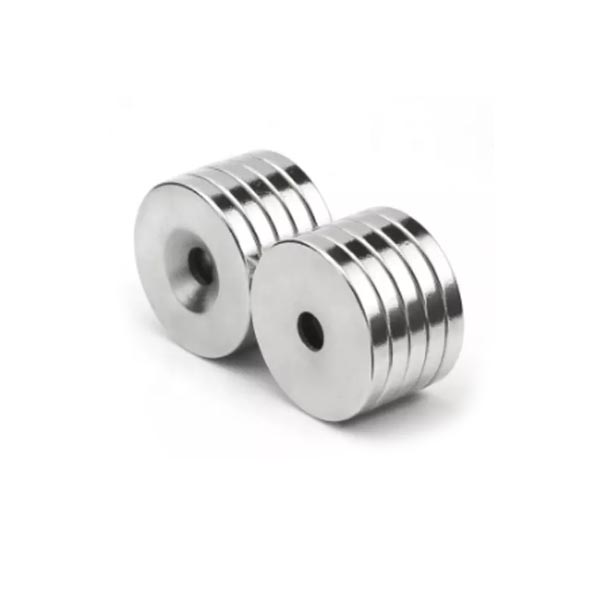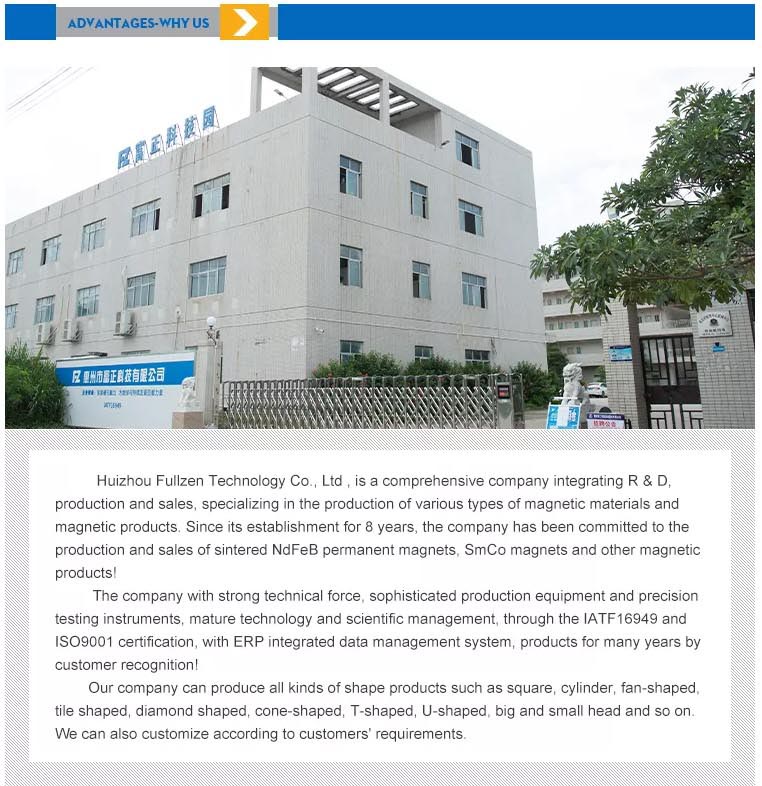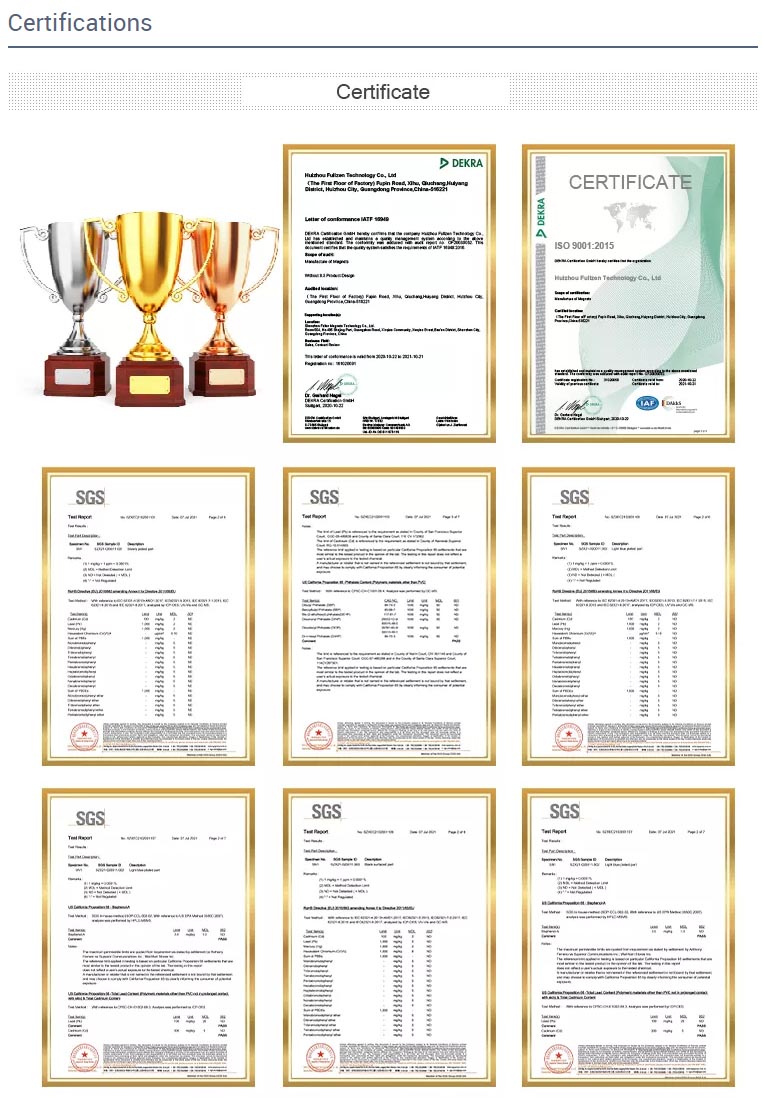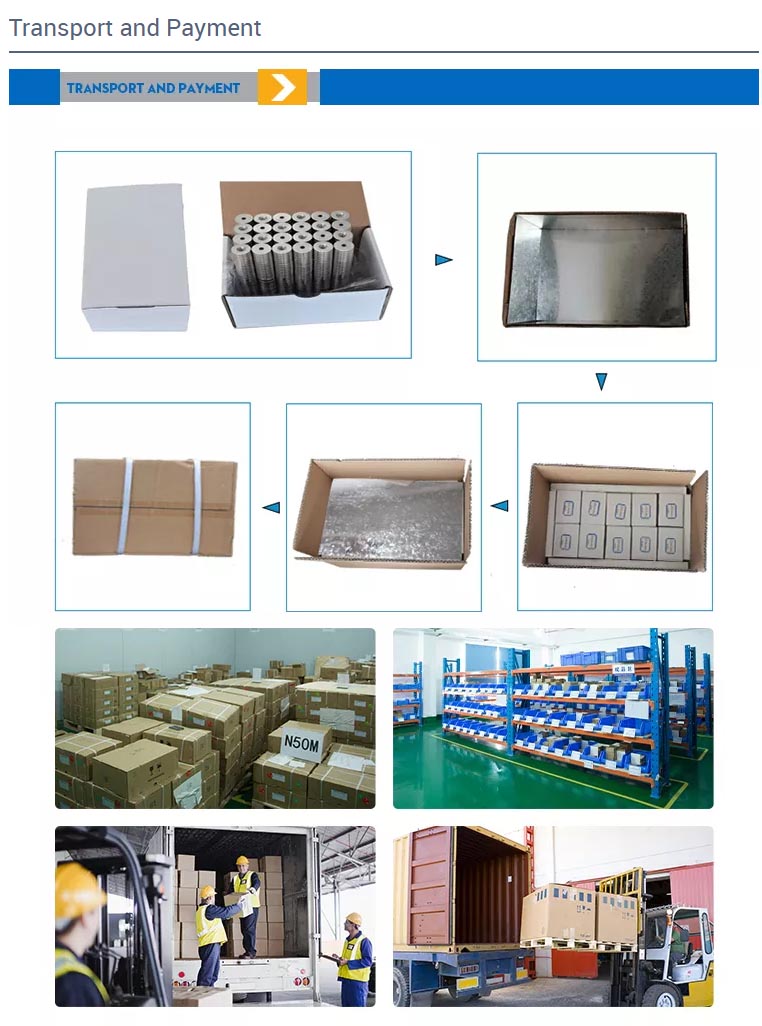
- English
- French
- German
- Portuguese
- Spanish
- Russian
- Japanese
- Korean
- Arabic
- Irish
- Greek
- Turkish
- Italian
- Danish
- Romanian
- Indonesian
- Czech
- Afrikaans
- Swedish
- Polish
- Basque
- Catalan
- Esperanto
- Hindi
- Lao
- Albanian
- Amharic
- Armenian
- Azerbaijani
- Belarusian
- Bengali
- Bosnian
- Bulgarian
- Cebuano
- Chichewa
- Corsican
- Croatian
- Dutch
- Estonian
- Filipino
- Finnish
- Frisian
- Galician
- Georgian
- Gujarati
- Haitian
- Hausa
- Hawaiian
- Hebrew
- Hmong
- Hungarian
- Icelandic
- Igbo
- Javanese
- Kannada
- Kazakh
- Khmer
- Kurdish
- Kyrgyz
- Latin
- Latvian
- Lithuanian
- Luxembou..
- Macedonian
- Malagasy
- Malay
- Malayalam
- Maltese
- Maori
- Marathi
- Mongolian
- Burmese
- Nepali
- Norwegian
- Pashto
- Persian
- Punjabi
- Serbian
- Sesotho
- Sinhala
- Slovak
- Slovenian
- Somali
- Samoan
- Scots Gaelic
- Shona
- Sindhi
- Sundanese
- Swahili
- Tajik
- Tamil
- Telugu
- Thai
- Ukrainian
- Urdu
- Uzbek
- Vietnamese
- Welsh
- Xhosa
- Yiddish
- Yoruba
- Zulu
- Kinyarwanda
- Tatar
- Oriya
- Turkmen
- Uyghur
Magnet Hook Custom Service Permanent Magnet | Fullzen Technology
Short Description:
Magnet hook is one of the shapes of neodymium magnets, which is a kind of magnetic suspension tool. It can be directly adsorbed on any metal surface, and the neodymium magnets n35 is wrapped in the steel lid pot magnet, which ensures that the hook can bear heavy objects without breaking easily. When choosing to buy a magnetic hook, you have to choose a factory with high quality and quantity of magnets of different shapes, because if it is because of poor quality, it will not be able to hang the hanging object, resulting in damage to the magnet and damage to the hanging object. In order to avoid these situations, you can choose Fullzen directly.
We are a super magnet factory who have more than ten years of magnets of different shape experience and have helped many large and small companies solve problems. If you need to purchase, please contact us in time.
Product Detail
Company profile
Product Tags
Magnet Hook
The composition of the magnet is iron, cobalt, nickel and other atoms. The internal structure of the atom is relatively special, and it has a magnetic moment itself. A magnet can generate a magnetic field and has the property of attracting ferromagnetic substances such as iron, nickel, cobalt and other metals.
Magnet types: shape magnets: square magnets, tile magnets, special-shaped magnets, cylindrical magnets, ring magnets, disc magnets, bar magnets, magnetic frame magnets, attribute magnets: samarium cobalt magnets, neodymium iron boron magnets ( Powerful magnets), ferrite magnets, alnico magnets, iron chromium cobalt magnets, industry magnets: magnetic components, motor magnets, rubber magnets, plastic magnets, etc. Magnets are divided into permanent magnets and soft magnets. Permanent magnets are added with strong magnetism, so that the spin of the magnetic substance and the angular momentum of electrons are aligned in a fixed direction, while soft magnetism is added with electricity. (It is also a method of adding magnetic force) Waiting for the current to remove the soft iron will slowly lose its magnetism.
Suspend the midpoint of the bar magnet with a thin wire. When it is at rest, its two ends will point to the south and north of the earth. The end pointing to the north is called the north pole or N pole, and the end pointing to the south is called the index pole or S pole. pole.
If you think of the earth as a large magnet, the magnetic north pole of the earth is the compass pole, and the magnetic south pole is the north pole. Between magnets, magnetic poles with the same name repel each other, and magnetic poles with different names attract each other. So, the compass repels the South Pole, the North Arrow repels the North Pole, and the Compass attracts the North Arrow.
We sell all grades of neodymium magnets, custom shapes, sizes, and coatings.
Fast Global Shipping: Meet standard air and sea secure packing, More than 10 years of export experience
Customized is Available: Please offer a drawing for your special design
Affordable Price: Choosing the most suitable quality of products means effective cost savings.

Magnetic Product Description:
This neodymium magnetic disc has a diameter of 50mm and a height of 25mm. It has a magnetic flux reading of 4664 Gauss and a pull force of 68.22 kilos.
Uses For Our Strong Rare Earth Disc Magnets:
Strong magnets, like this Rare Earth disc, project a powerful magnetic field that is capable of penetrating solid materials such as timber, glass or plastic. This ability has practical applications for tradespeople and engineers where strong magnets can be used to detect metal or become components in sensitive alarm systems and security locks.
FAQ
"Magnetized through thickness" is a term used to describe the orientation of the magnetic field in a magnet. When a magnet is magnetized through its thickness, it means that the magnetic poles (north and south) are located on opposite flat surfaces of the magnet, perpendicular to its thickness.
In other words, if you have a rectangular magnet with length, width, and thickness dimensions, and it's magnetized through its thickness, the north pole would be on one large flat surface, and the south pole would be on the opposite large flat surface. The magnetic field lines would run from one flat surface to the other, directly through the thickness of the magnet.
This magnetization orientation is one of the ways magnets can be manufactured to suit specific applications. Other common magnetization orientations include "magnetized through length" and "magnetized through width," where the poles are located on the longer or wider surfaces of the magnet, respectively.
The choice of magnetization direction depends on the intended use of the magnet. Different applications may require specific magnetic field orientations to achieve the desired performance. For example, in certain sensor applications or magnetic assemblies, the magnet's magnetization direction is crucial for proper function.
Magnets primarily attract materials that are ferromagnetic, paramagnetic, or diamagnetic. The degree of attraction varies depending on the specific properties of these materials and the strength of the magnet.
To block or shield magnetic fields, you can use materials that are good at redirecting or absorbing magnetic flux lines. These materials are typically referred to as magnetic shielding materials. The effectiveness of a shielding material depends on its permeability, which determines how well it can redirect magnetic fields, and its ability to attenuate the magnetic field strength.
Here are some common materials used for magnetic field shielding:
- Ferromagnetic Metals
- Mu-Metal
- Permalloy
- Ferrites
- Conductive Materials
- Superconductors
Yes, we can supply BH Curves, or Demagnetization Curves for your magnets.
Your Custom Custom Neodymium Magnets Project
Fullzen Magnetics has more than 10 years of experience in the design and manufacture of custom rare earth magnets. Send us a request for quote or contact us today to discuss your project's specialty requirements, and our experienced team of engineers will help you determine the most cost effective way of providing you with what you need.Send us your specifications detailing your custom magnet application.
related products
-

China Rare Earth Sintered Ndfeb Magnet | Fullzen
-
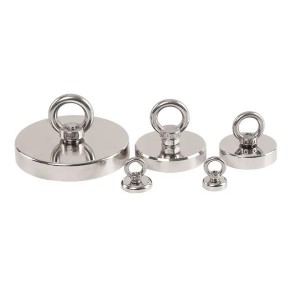
Magnet Fishing Customized Magnets in Bulk | Ful...
-
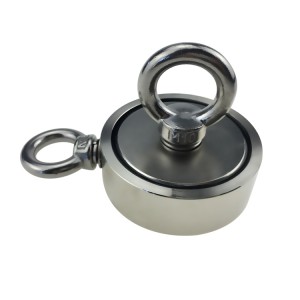
Fishing Magnets Useful Tool Magnets | Fullzen T...
-

China DIY Permanent Magnet Motor | Fullzen Tech...
-
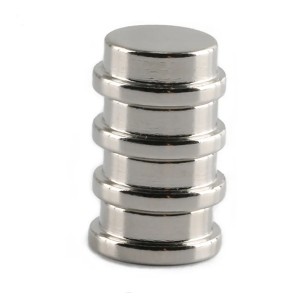
Magnet Hat Bulk Custom Magnets | Fullzen Techno...
-
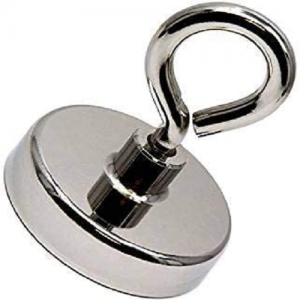
Magnet Fishing High Quality Permanent Magnet | ...
